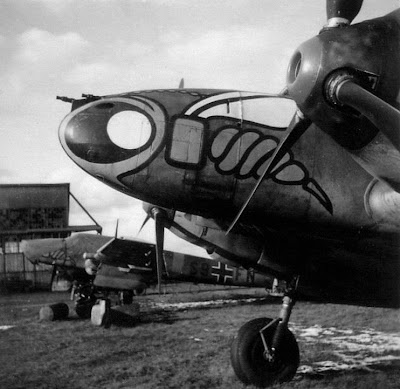While the merits or otherwise of the bombing campaign have become a subject of controversy, what has not is the fact that 55,576 Bomber Command aircrew died fighting a battle in a war. Many of those have no known graves. Their bravery and commitment should have been acknowledged a long time ago. The aircrew were not responsible for the tactics or the targets. And while criticism tends to focus primarily on Dresden, operationally that raid was no different to any other. A number of factors though made it exceptional - the Nazi authorities had left the city defenceless and for the attackers everything went to plan - from Bomber Command's point of view the raid ran almost flawlessly. If this had been the case every time a major city was raided there would have been dozens of Dresdens. " ..at the time of Dresden Jews were still being gassed in February 1945 and the Gestapo was still shooting people - if Dresden shortened the war by one day, then it was worth it.." (Bomber Command veteran on ITV's "Bomber Command" documentary.)
Perhaps Harris should have been subjected to a greater level of control by his military and political masters. But by late 1944/early 1945 Churchill already had an eye on post war elections and was ready to disassociate himself from the strategic air offensive, despite being one of its principal architects. He thus set in motion a grave injustice that has never really been put right. This memorial at last marks the sacrifice of the men of Bomber Command.












































